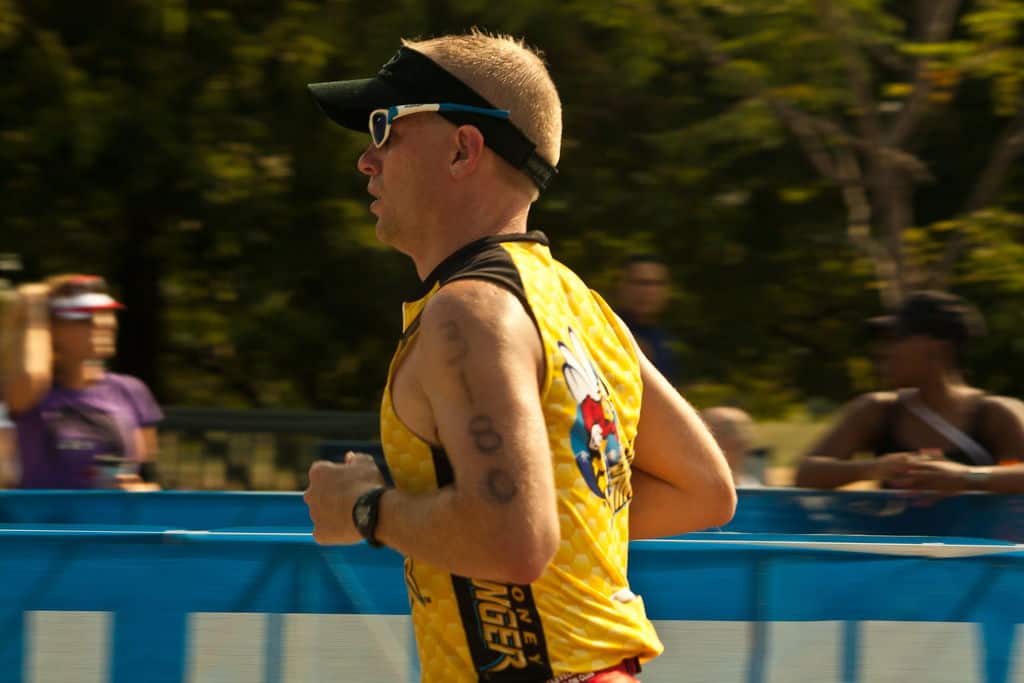Running myths and misconceptions are still frequently spread by runners, the media, and physicians, which is extremely detrimental to our sport.
Relay racing being a team sport that involves several actions rather than merely running; numerous misconceptions revolve around the game.
These myths often confuse runners and make them anxious on the field. If you don’t know the exact rules of the game, you will not be able to prove your point if cross-questioned.
These beliefs have persisted for a long time, particularly regarding women and running.
Though it’s a straightforward activity, myths and misconceptions about running may prevent novice runners from tying on their shoes, hitting the pavement, and setting ambitious objectives.
We want every runner to get the most out of every run. Therefore, we have dispelled the three biggest fallacies about relay running so that you have all the information you require to run your race happily.
What Is A Relay Race?
A relay race is a competition in which a team of four athletes races to the finish line. Each runner’s ability to rapidly and precisely pass the baton is crucial to the team’s success.
Working as a team is essential since the entire group will feel any mistakes one team member makes. Line up one behind the other and go at a walking pace in groups of four.
The runner in front must keep their arm behind them with the palm up and open to receive the baton when the person at the rear says “hand!”
Until the lead runner receives the baton, it must be handed down the line similarly.
The first runner joins the rear of the line when the baton reaches them, repeating the procedure while progressively picking up pace from walking to jogging.
Myths vs. Facts Of Relay Running
Given below are some of the myths of relay racing that we have debunked for you to understand the game and enjoy its benefits truly:
Myth 1: You Are Disqualified If You Drop Your Batton
Fact:
According to the IAAF (International Association of Athletics Federations), losing a baton in the middle of a race won’t result in disqualification as long as it’s picked up quickly and all competitors pass through their appropriate exchange zones.
To prevent disqualification, there is a procedure.
The most crucial information in this passage is that each team must ensure the baton is safely in an athlete’s hands before exchanging and that the guy who lost the baton must pick it up and return to the spot where he dropped it, and then start running again.
Even though it would be challenging, this approach will aid the squad in continuing the race.
Myth 2: A Relay Race Can Be Run With Only 4 Players
Fact:
The 4x100m relay was originally performed during the Olympic Games in Athens, Greece, in 1896.
However, it was a two-day competition at an international sports festival in London a few years ago.
Only four players can run the relay track, but the team’s success depends on everyone’s effort and commitment.
How about the nightly relay competition?
The most crucial information in this article is that for an overnight relay race to succeed, everyone on the team must cooperate and commit fully.
There are two other possibilities:
- Team of six.
- Team of twelve.
A relay team of six or twelve players can run the nighttime tracks. To complete the same track in the same amount of time as a team of 4, a team of 6 players would need to run faster; nevertheless, a team of 12 players can complete the course more quickly.
Which approach is better for the players ultimately depends on their own preferences.
Myth 3: 4×100 Meters Are The Only Relay Races You Can Run
Fact:
The baton exchange is a relay race option that enables competitors to concentrate on their own strengths and shortcomings.
To break up the monotony of running the same distance, each runner hands a baton to their partner at a predetermined location.
A well-liked relay race in many areas are the Ragnar trail and overnight relays. They give runners a fantastic opportunity to work together and rely on one another, pushing one another to their physical limits and supporting one another as they recover.
Another fantastic technique to foster friendship is participating in a baton exchange. Relay events lasting four laps of 400 meters are another option under consideration by the organizers.
These relay events are distinctive opportunities for runners to form bonds with one another and put their resiliency and endurance to the test.

